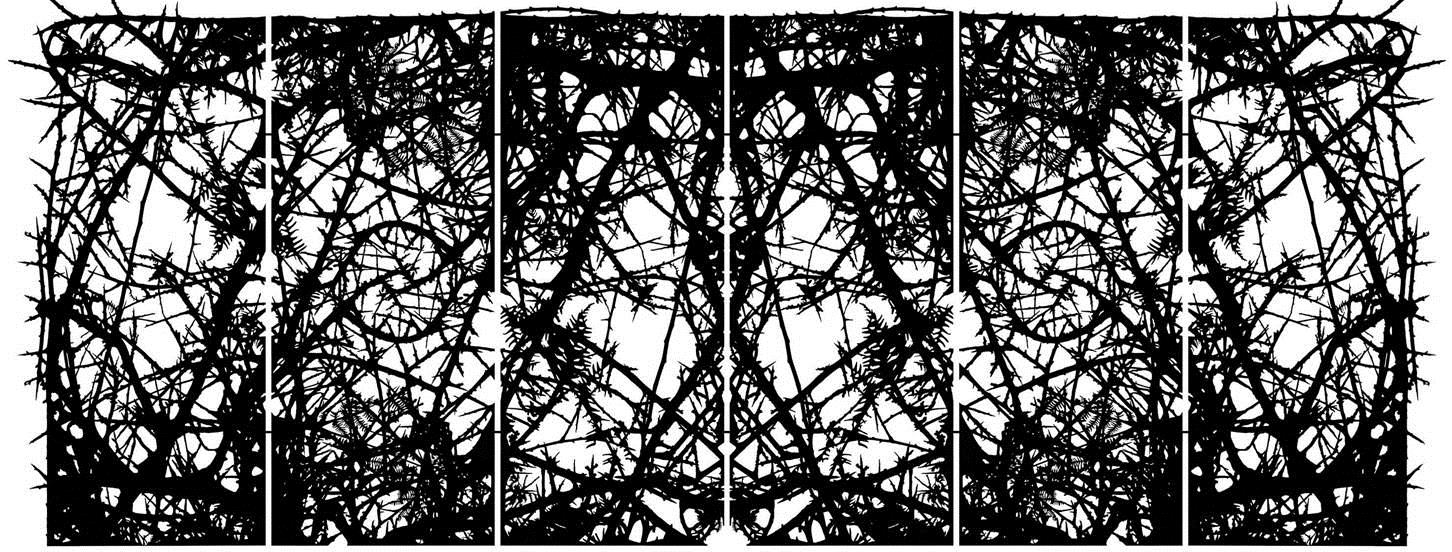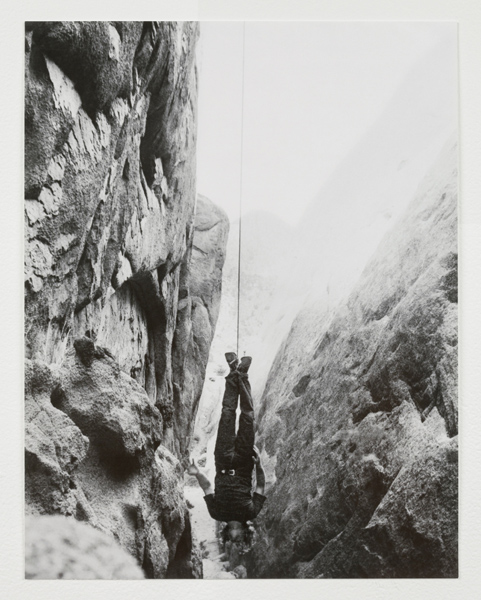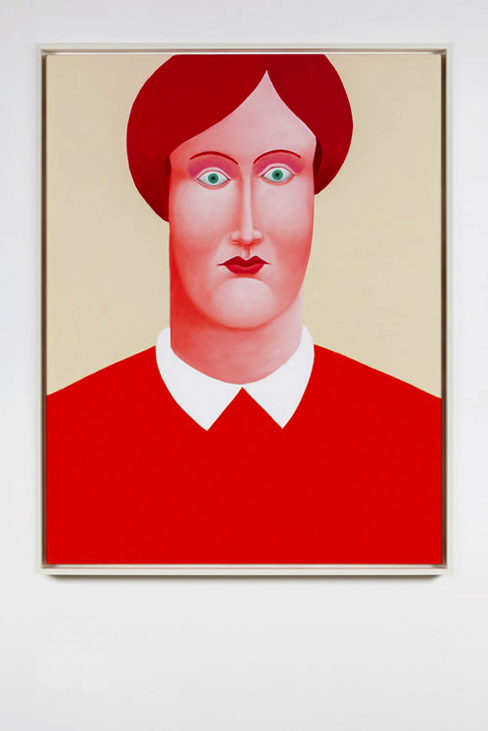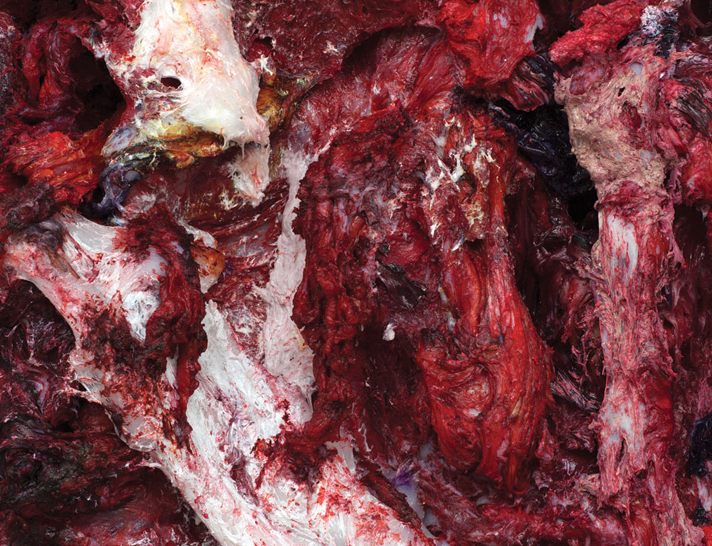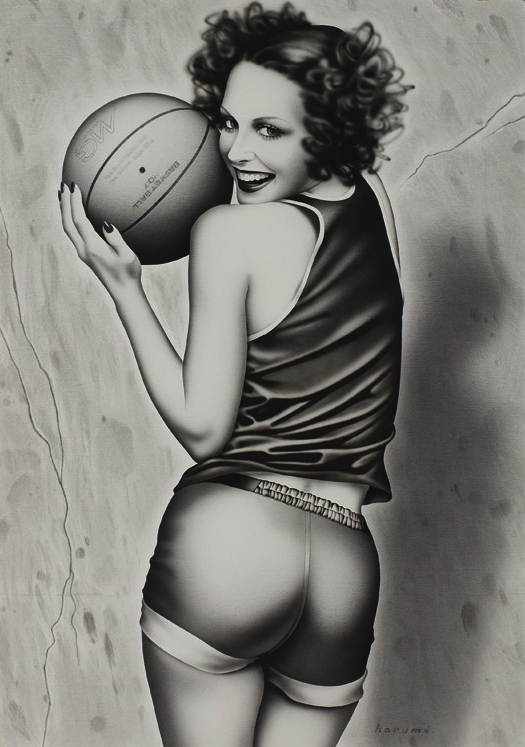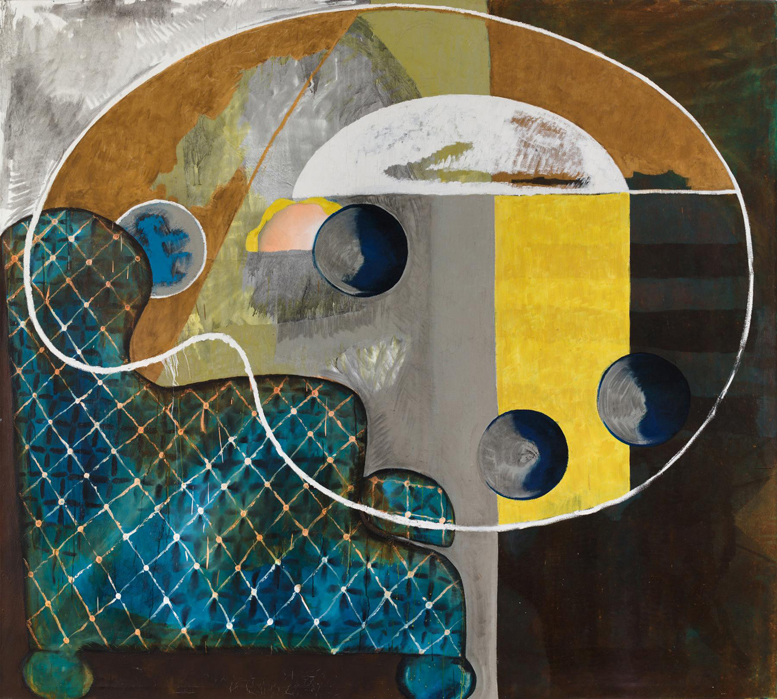SIMON PERITON – CELESTIAL AGRICULTURE
2015-03-30This is Simon Periton’s first exhibition at the New Art Centre and will include new objects and glass paintings inside the gallery and a specially-commissioned sculpture in the park. Periton’s more sculptural work has an intricacy and formal directness, whilst his paintings tend to be more visually ambiguous; dark, gothic and sometimes psychedelic. He is well known for his use of signs, symbols and patterns from sources as diverse as occultism, colonialism, Islam, punk, Pop Art and politics, but the prettiness of his work belies the seriousness of his cultural references just as his use of pattern often obscures his subject matter. On closer examination, even something dainty can be a veil for something more disturbing and what initially seems like mere decoration actually reveals questions about outmoded value systems and the desire for effective means of change.
Exhibition runs through to May 17th, 2015
New Art Centre
Roche Court
East Winterslow
Salisbury, Wiltshire
SP5 1BG
